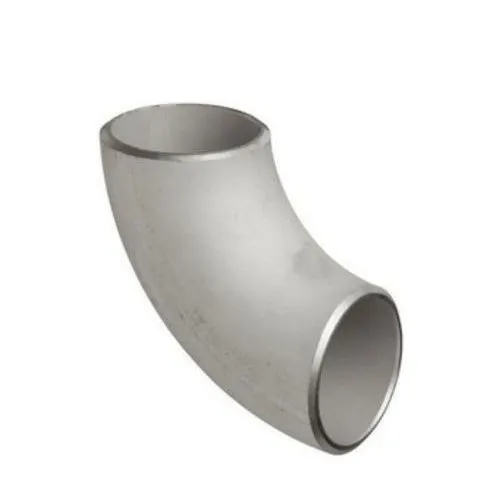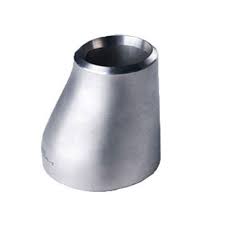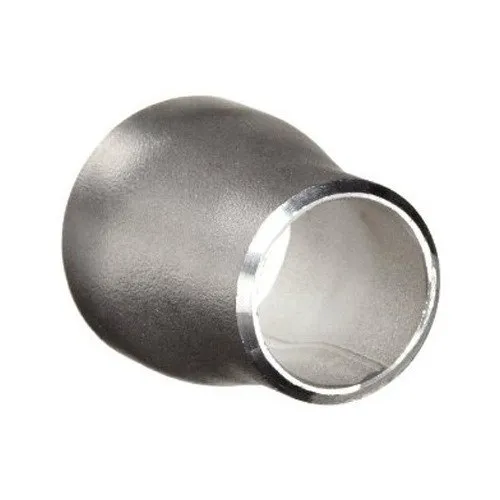
What is a butt weld elbow? A butt weld elbow is a type of pipe fitting used to change the
Hex nuts are a type of fastener with a hexagonal shape, featuring six flat sides and internal threads that correspond to a compatible bolt or screw. They are one of the most commonly used nuts due to their ease of use and ability to provide a secure fastening in various applications.
The six-sided design of hex nuts allows them to be easily gripped and turned using a wrench or a socket tool, facilitating tightening or loosening when securing them onto a bolt or threaded rod. They come in various sizes, materials, and grades to suit different requirements in industries ranging from construction and manufacturing to automotive and machinery.
Hex nuts are typically used in conjunction with bolts or threaded studs to hold together components in assemblies, structures, machines, and more. They are available in different finishes, such as zinc-plated, stainless steel, and galvanized, providing varying degrees of corrosion resistance and durability based on the application’s needs.
Their versatility and wide availability make hex nuts a fundamental component in numerous mechanical and structural systems, allowing for strong and reliable connections when properly installed and tightened.
Hex nuts are among the most common types of nuts used in various applications across industries. Here’s a detailed overview of hex nuts:
Description:
Hexagonal Shape: Hex nuts feature a six-sided, internally threaded design, allowing them to be used with bolts, screws, or threaded rods for fastening purposes. The flat surfaces of the nut facilitate tightening using a wrench or socket.

Hex nuts come in a wide range of sizes, typically designated by their diameter and thread pitch. Common sizes include:
– Small Sizes: From 0-80 to 10-32 (for smaller applications)
– Medium Sizes: From 1/4″-20 to 1/2″-13 (for general-purpose applications)
– Large Sizes: From 5/8″-11 to 1″-8 (for heavier-duty applications)
Specifications:
ASTM Standards: Hex nuts often conform to standards set by ASTM International, specifying dimensions, materials, and performance criteria. ASTM A563 and ASTM F594 are common standards used for carbon and alloy steel nuts and stainless steel nuts, respectively.
ISO Standards: ISO standards such as ISO 4032 and ISO 4033 outline dimensions and specifications for hex nuts in metric sizes.
1. Finished Hex Nuts: Standard nuts with a standard height and pitch.
2. Heavy Hex Nuts: Similar to finished hex nuts but with thicker walls and increased strength.
3. Jam Nuts: Thinner than standard nuts and used as a secondary nut to prevent loosening.
4. Nyloc Nuts: Feature a nylon insert that provides resistance against loosening due to vibration.
5. Flange Nuts: Incorporate a built-in washer-like flange at one end for a larger bearing surface.
6. Acorn Nuts: Domed nut resembling an acorn, used for aesthetic purposes or to protect threads.
Materials:
Hex nuts are available in various materials to suit different applications:
– Steel: Carbon steel and alloy steel for general-purpose applications.
– Stainless Steel: Offering corrosion resistance, suitable for marine and chemical environments.
– Brass: Used for aesthetic purposes or applications requiring non-magnetic properties.
How to Measure Nut Size:
– Diameter: Measure across the flats of the nut to determine the nut’s size.
– Thread Pitch: Determine the number of threads per unit length (threads per inch or millimeter).
Applications:
Hex nuts are utilized in various industries, including construction, automotive, machinery, plumbing, and more. They are fundamental components in securing bolts or threaded rods, providing essential fastening in a multitude of applications.
Summary:
Hex nuts are versatile fasteners, available in diverse sizes, materials, and types to accommodate a wide range of applications. Their standardized design and compatibility with bolts and threaded rods make them essential components in many industries, ensuring secure and reliable fastening solutions.

What is a butt weld elbow? A butt weld elbow is a type of pipe fitting used to change the

At SINO SPECIAL METAL, we provide high-quality butt weld eccentric reducers, essential fittings used in piping systems to seamlessly connect

What is a Butt Weld Concentric Reducer At SINO SPECIAL METAL, we offer high-quality butt weld concentric reducers, pivotal components
SSM stands as a premier supplier enterprise, renowned for its specialization in crafting high-quality special metal products. Our commitment to excellence and precision in production ensures that your unique metal requirements are not just met but exceeded. Discover the quality that defines SSM as a leading name in the industry.